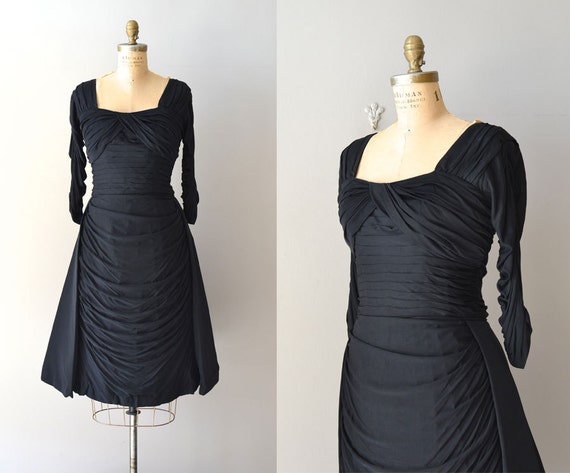Hi, Sewcialists! My name is Andie and I blog over at Sew Pretty in Pink.
Back in November, I took Beverly Johnson’s beginner bra making course at Bra Maker’s Supply in Hamilton, ON. I was very lucky to learn how to make a bra from the Fairy Bra Mother herself. In the course, Beverly fits you and the instructors and her do any necessary alterations to the pattern. We used the Classic Bra pattern from Pin up Girls. By the end of the course, I had an okay fitting bra, but not a great fitting bra. I had a lot of alterations ahead.
My main reason for taking the class was to be able to make cheaper bras in better fabrics and a wider range of colours. My 40HH size often meant my bras were around $100 each and only available in black, white or beige. Customs charges, exchanges rates, and shipping fees to Canada made the cost of shopping online unrealistic even with decent sales. I am lucky, however, to have a well-fitted bras even though they are in boring colours. Because I knew what a nice fit in a bra felt like, I didn’t want to spend the time tweaking the Classic Bra to my size and taste. I wanted to take my well-fitted bras and clone them.
Bev has a tutorial on one method of cloning using freezer paper. I followed the traditional method. This does mean taking the wire out of your bra, though. You can put it back in but you may want to choose an older bra that you are ready to retire.
You need some knowledge of sewing a bra in order to use your cloned pattern. I had only sewn one bra before cloning my own bra. So it is possible to do this at a very beginner stage. Please note the tutorial is just for creating a pattern. Not for sewing a bra. If this is your first time sewing a bra, I suggest Demystifying Bra Fitting and Construction by Norma Loehr to help you understand not only how to sew a bra but also how to alter the fit. I used this book to help me alter the fit of my pattern pieces. It helps you understand the fit issues and the pattern pieces you need to change based on the fit issues.
I am not an expert in bra making, but found this method really worked for me.
Before you start, try the bra on and note any fitting issues so that you can do some flat pattern adjustments. Also, check the stretch direction and note the stretch percentage in the fabrics. Note where the elastic is pulled and try to determine how much it is pulled by. You can do this by pulled the material flat and checking the difference in the length. This information will help you sew the bra later. I’m not going to be going over fit issues or sewing in this tutorial. Just the basics of cloning a bra.
Time to gather your supplies:
- You will need either a piece of foam core board or a cardboard box flattened out and made into a piece big enough to pin your bra to. I used a cardboard box, because it was what I had on hand. You can also use cork board or anything that you can stick pins into without ruining the pins.
- You needs pins. I recommend pins with either a pearl head or something on the end. Not flat top pins, because you will get sore finger tips with those. I used them the first time I cloned my bra. Ouch!
- You need paper or tissue paper. I chose paper this time so that I can show you more clearly how the pattern piece looks and how to add in seam allowances.
- You need pencils and rulers. A regular ruler and a french curve are good for the project. You can do it without the french curve, but it does make it easier.
- And, of course, you need a well-fitted bra.
Step One:
Take the wires out of your bra. You can do this by making a small hole at the end of the channeling and working your wire out of the channeling.
Having the wire out will also make it easier to order your wire later. You can use the charts on bra supply websites and match them directly to your bra wire.
Step two:
Lay your paper over top of your cardboard and make sure you have a piece big enough for your pattern.
Step three:
Start pinning.
You pin at the stitching line. You will be adding in seam allowances later. Just make sure to not pin on the top stitching line. In the picture below, you can see the line of stitching to the left of the pins. That line is the top stitching. If you pinned along there, you would have to add in even more once you take the pins out.
Be sure to get your fabric flat. In the below picture, you see I stretched the elastic under the arm out so the fabric laid flat on the paper. This is probably the more difficult part of this, because the pins will want to pop out. Make sure you really secure them in your cardboard.
All your pin holes will connect together to become your pattern pieces. Be sure to stick them into the corners and get them pretty close together.
Step four:
Connect the dots.
The most difficult thing to photograph are teeny little pinholes. You can sort of see above the little dots that are below the french curve. Using the french curve or freehanding, you will connect the dots. If you are freehanding, I suggest more pins and make them closer together to get an accurate pattern piece.
Here is the pattern piece once the dots have all been connected.
Step Five:
Add in seam allowances.
Bras have a standard 1/4 inch seam allowance. I added in seam allowances by marking a 1/4 inch on my ruler and then making dots and connecting them again. You can use any method you like for adding in the seam allowances.
Step six:
Repeat for all your pattern pieces.






Your bra may not have all of these pattern pieces or they may look completely different from mine.
Step seven:
Note the stretch direction on the pattern pieces and name/date the pieces. When you make pattern adjustments, I suggest tracing and dating the new piece again so that you aren’t just constantly altering the same piece over and over. It will fall apart that way. You can toss out the other piece, but I suggest keeping them until you’ve tested the fit on the new bra. You might want to go back to the previous alterations and use those instead of the new ones.
Finished….Sort of…
You don’t really get away with not having alterations and muslins with this method. You still might have fitting issues for a few different reasons:
– The bra itself was not a perfect fit
– The fabrics you are using are different
– Errors in the cloning process
– The position of the sun (joking!) and many more
Bra fitting is a difficult process and gets all the more difficult the large size you are. Sewing the bra is a breeze in comparison! Very minor differences can lead to very odd fitting issues in larger sizes and you can’t really check the fit until the bra is done. If you have a smaller size, this can be true as well due to different size breasts or the shape of your breasts. Don’t get discouraged that you will still be tweaking the fit as you go. The point for me was to get a little bit closer to having my style of bra and for a cheaper price than I was used to for my size. I’ve gotten that and, with each bra, I get closer and closer to the perfect fit.
Here are the three bras that I’ve created with my cloned pattern, including my largely failed first bra:
Top beige one I created for my wedding day, centre one was my second cloned bra, and the bottom one was my first using the cloned pattern. I’ve now made four bras in total including the Classic Bra. My best fit so far is the top, but it will only get better from here.
































































 La beauté- The beauty. Arabic calligraphy. Tetouan, Morocco, 2015. Calligraphy by Julien Breton aka Kaalam. Photography by Cisco Light-painting.
La beauté- The beauty. Arabic calligraphy. Tetouan, Morocco, 2015. Calligraphy by Julien Breton aka Kaalam. Photography by Cisco Light-painting. Pensée – think. Arabic calligraphy. Saint-Laurent sur sèvres, France, 2014. Calligraphy by Julien Breton aka Kaalam. Photography by David Gallard.
Pensée – think. Arabic calligraphy. Saint-Laurent sur sèvres, France, 2014. Calligraphy by Julien Breton aka Kaalam. Photography by David Gallard.




































